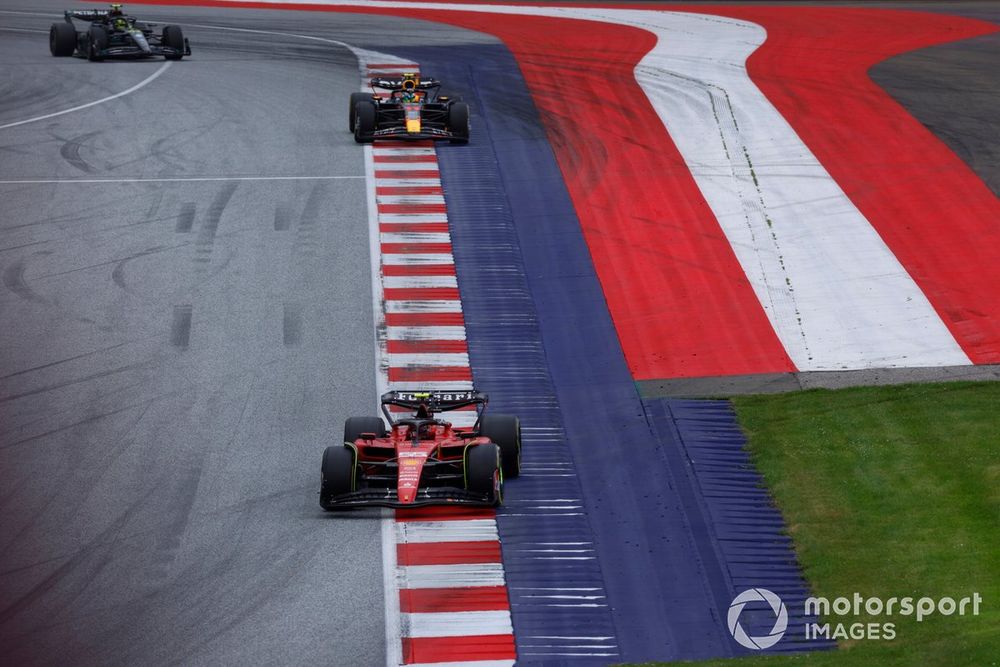
Aston Martin lodged its appeal against the provisional race classification after claiming that a number of cars were not penalised for potentially having breached track limits repeatedly.
The FIA has since revealed it was unable to review all reports of cars having strayed beyond the painted white lines with all four wheels during the race since there were over 1200 cases during the 71 laps.
The stewards have found Aston Martin’s protest to be admissible given that a list of deleted lap times provided by race control has revealed cases of track limit infringements that were not previously referred to the stewards.
Furthermore, it has been determined that some of these infringements likely warrant a penalty that was not previously applied during the race or when the provisional classification was issued.
These will therefore be reflected in a yet-to-be-released final classification.
The governing body is looking at all 1200-plus incidents as part of its immediate post-race review. However, Aston Martin’s protest is likely to specifically target Ferrari driver Carlos Sainz.
The Spaniard was already hit with one five-second penalty for exceeding track limits. A second 5s reprimand would possibly drop the fourth-placed driver behind McLaren driver Lando Norris. A more severe punishment would relegate him behind Aston’s own Fernando Alonso.

Alongside the Aston Martin protest, Ferrari is the only other team that has been summoned to the stewards and was represented by head of vehicle operation Diego Ioverno.
The FIA has said that it will also reemphasis a need for the Red Bull Ring to have gravel traps installed on the exit of the high-speed Turns 9 and 10, where the vast majority of offences occurred.
Gravel traps are already used on the outside of the slower Turn 4 right-hander. It is understood that circuit management has been reluctant to add the deterrents to the final two corners due to motorcycle racing – including topflight MotoGP – also running at the track.
Autosport understands teams were frustrated by the delayed policing of track limits in the race, which may have contributed to them being unable to warn drivers when they were shown a black-and-white flag that they were only one strike away from receiving a five-second penalty.







